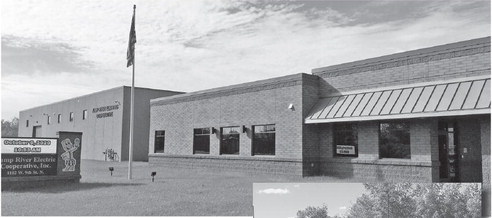JREC still powering community’s needs, 82 years later


It’s dark when you get home, so you flip a switch and the house is flooded with light. A simple thing, but have you ever wondered where your electricity comes from?


It’s dark when you get home, so you flip a switch and the house is flooded with light. A simple thing, but have you ever wondered where your electricity comes from?